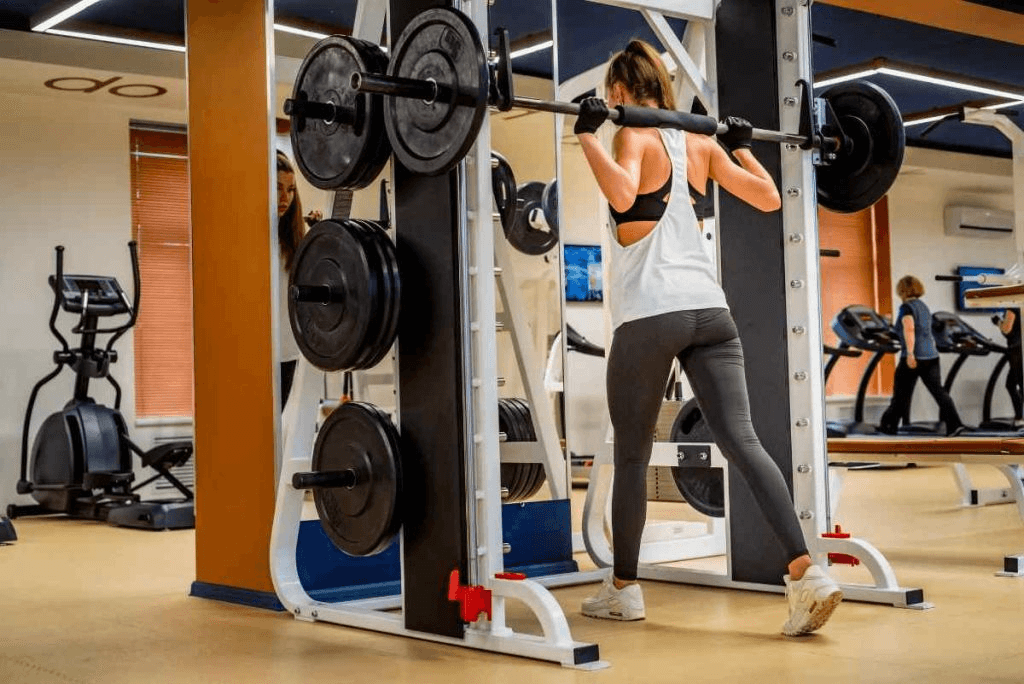A weight bench is more than just a place to press; it’s the backbone of a versatile home gym, supporting strength training, mobility work, and even conditioning circuits. The right bench helps you lift safely, maintain proper form, and expand your training options without overcrowding your space.
Why a Good Weight Bench Matters
Whether you’re building your first home gym or upgrading your current setup, a solid bench allows you to perform bench presses, dumbbell rows, seated curls, hip thrusts, step-ups, and more. It also anchors accessories like racks and cable systems, turning a simple bench into a home strength hub.
A high-quality bench should offer:
-
Sturdy frame with no wobble under load
-
Comfortable yet firm padding
-
Easy mobility if needed
-
Compatibility with racks or attachments for bench press and incline work.
Best Types of Weight Benches for Home Gyms
1. Flat Benches:
Perfect for bench presses, step-ups, and core work, flat benches are stable and often more budget-friendly. They’re ideal if you primarily bench press or need a solid surface for heavy dumbbell work.
2. Adjustable Benches:
For those wanting incline, flat, and decline options, adjustable utility benches add versatility. You can target your upper chest with incline presses, perform seated shoulder presses, and set up for decline crunches without needing multiple pieces of equipment.
3. Benches with Integrated Racks:
A weight bench with a rack is a space-saving option for home bench press setups, allowing you to lift heavier safely without a separate power rack.
4. Bench Sets:
Some sets come with the bench, rack, and barbell, providing a one-stop solution for those building a home gym from scratch.
What to Look for When Choosing Your Bench
-
Weight Capacity: Ensure it can handle your current lifts plus future progress. A good benchmark is at least a 600–1,000 lb capacity.
-
Adjustability: Smooth transitions between incline, flat, and decline.
-
Footprint: Measure your space to ensure the bench fits comfortably.
-
Padding: Firm enough to maintain stability but comfortable for longer sessions.
-
Mobility: Consider wheels if you need to move the bench frequently.
Personal Note
When I set up my first home gym, I started with a thin, unstable bench that made every rep feel risky. Upgrading to a heavy-duty adjustable bench with a wide, stable base completely changed how I trained at home. I was finally able to push my bench press, do incline dumbbell flyes, and even hip thrusts safely without worrying about tipping or uncomfortable pinching under heavy weight. That single upgrade transformed my training and encouraged consistency because it made lifting safer and more enjoyable.
Recommended Benches to Consider
-
Best Flat Bench: For those wanting simplicity and stability, a commercial-grade flat bench offers the most rigid platform for presses and rows.
-
Best Adjustable Bench: Look for a bench with multiple incline positions and a secure locking system for versatility.
-
Best Bench with Rack: Ideal if you lack space for a full rack but want to bench press with a barbell safely.
-
Best Bench Set: Consider a full set if you’re starting fresh, as it ensures rack compatibility and saves you the hassle of piecing together your setup.
Final Thoughts
Investing in the best weight bench for your needs can be one of the most important decisions in building a functional and motivating home gym. Whether you want to hit your bench press PR, perform safe incline presses, or add core movements, a reliable bench provides the foundation for your strength goals. Take your time to select a bench that suits your training style and space, and you will feel the difference in both your performance and your enjoyment of training at home.










































Leave a comment
This site is protected by hCaptcha and the hCaptcha Privacy Policy and Terms of Service apply.